September is National Preparedness Month
September is National Preparedness Month
September is National Preparedness Month, a perfect reminder for businesses, hospitals, critical infrastructure facilities, and higher education institutions to review their disaster readiness. Being prepared can safeguard your employees, patients, students, visitors, and operations, reassuring the C-suite your business will withstand and recover from unforeseen incidents.
Are your Electronic Security Systems Up to Date?
Keeping access control, intrusion detection, video surveillance, and connected devices up to date is critical in mitigating security breaches or cyber-attacks. Regularly updating your security system infrastructure is the best proactive step you can take to help identify vulnerabilities before they can be exploited. Regular preventive maintenance, updating, and SSA renewal will help keep your systems operating as designed.
Do you have a Comprehensive Emergency Response Plan?
An All-Hazard Emergency Response Plan is your guide to addressing any emergency, disaster, or incident that may negatively impact business operations. Update and tabletop your All-Hazard Emergency Response Plan yearly to migrate any vulnerabilities in your plan and align it with available resources and electronic security system automation. Implementing triggers when an incident occurs to lock down a building and send an emergency communication can help mitigate your risk and vulnerability during an actual incident.
When did you last review your Business Continuity Plan?
COVID-19 forced many businesses and organizations to figure out how to stay operational during the pandemic. If you haven't taken the time to develop a Business Continuity Plan, it's not too late. The Business Continuity Plan does not have to be overly complicated; however, it should provide a roadmap for how your business or organization will continue operating during an incident, emergency, or disaster. Include in your Business Continuity Plan identifying essential services, setting up alternative work arrangements, supply chain options, remote work capabilities, and maintaining communication channels.
Have you implemented a Crisis Communication Plan?
Your crisis communication plan should provide information on how your business or organization will share information with employees, customers, and other stakeholders during an incident, emergency, or disaster. It is important to remain transparent and provide regular updates to maintain trust when sharing information.
Is an IT Disaster Recovery Plan in place?
Every business and organization, regardless of size, should have an IT Disaster Recovery Plan that details how you will bring your data systems back online during an incident, emergency, or disaster. The IT Disaster Recovery Plan should detail backup procedures, recovery steps, and responsibilities for IT personnel. The IT Disaster Recovery Plan should be tested regularly to ensure that your business or organization has the resources and skill set to handle any crisis that may come along and disrupt operations.
Conclusion
At SAGE Integration, we look at National Preparedness Month as the perfect time to test a business or organization's readiness during an incident, emergency, or disaster. For more information on how SAGE can assist you in keeping your security systems up to date, developing emergency response plans, implementing a business continuity plan, writing a communications plan, or creating an IT Disaster Recovery Plan, contact Katie Krug at kkrug@sageintegration.com.
Disclaimer
A percentage of text in this article may have been generated by or was used to help improve SEO, grammar, spelling, punctuation, and other writing aspects by AI, which is intended to be informative and helpful.
Copyright 2024
Author
Katie Krug
Senior Account Executive
SAGE Integration
